Introduction to Common Terminology of Electromagnetic Valves
2024-06-14
The solenoid valves we often refer to are generally two position five way solenoid valves, three position five way solenoid valves, etc. Everyone must have noticed that there is a position and connection in front of the solenoid valve. What is it? What's the meaning of this?
Two way and three way solenoid valves refer to solenoid valves with two or three channel ports on the valve body. For example, a two way solenoid valve has an inlet and an outlet (two channels, most commonly); A dual position solenoid valve refers to a solenoid valve whose slide valve has two different working positions (open and closed). Two three-way solenoid valves control the liquid, with one inlet and two outlets (one normally open and one normally closed); The pneumatic directional solenoid valve is one in, one out, and one row; Hydraulic pressure enters, exits, and returns.
The liquid circuit system adopts electromagnetic valves to achieve the on-off or change the direction of liquid flow in the liquid circuit. It usually has a spool that can slide under the electromagnetic force of the coil. When the slide valve is in different positions, the channel of the solenoid valve is different. There are several working positions for the slide valve. Electromagnetic valves are called multiple solenoid valves: the interface on the valve body, which is the number of channels of the solenoid valve, has multiple channel ports, and the solenoid valve is called a multi-channel solenoid valve.
After the installation of the solenoid valve, all interfaces should generally be connected. The so-called working position refers to the position of the valve core. When the coil is not powered on, the slide valve is in position A; When the coil is energized, the spool valve is in position B. When the spool is in different positions, it can connect or close each interface.



 中文
中文 ENGLISH
ENGLISH

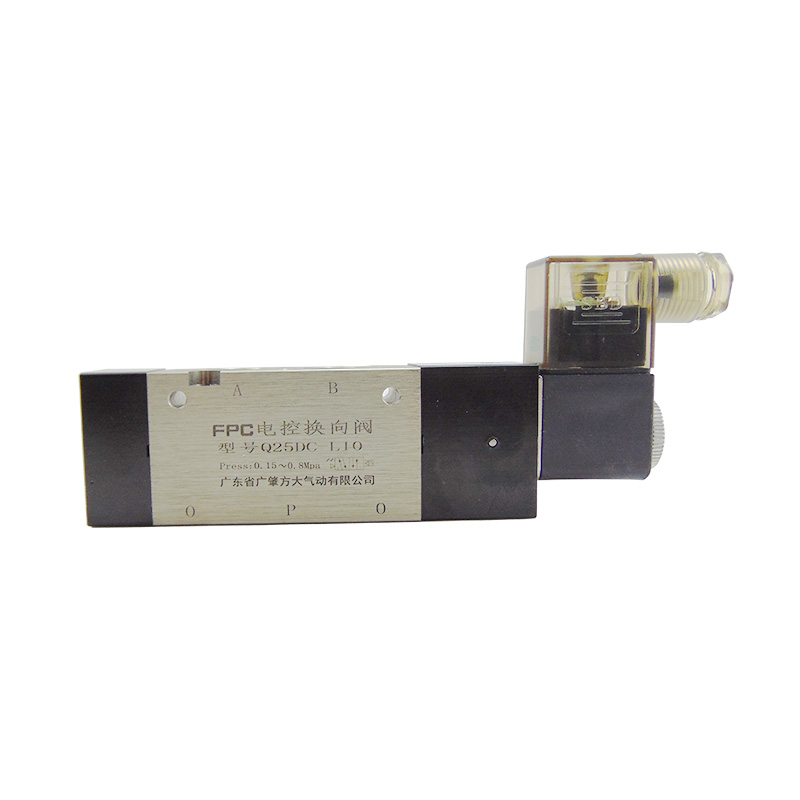
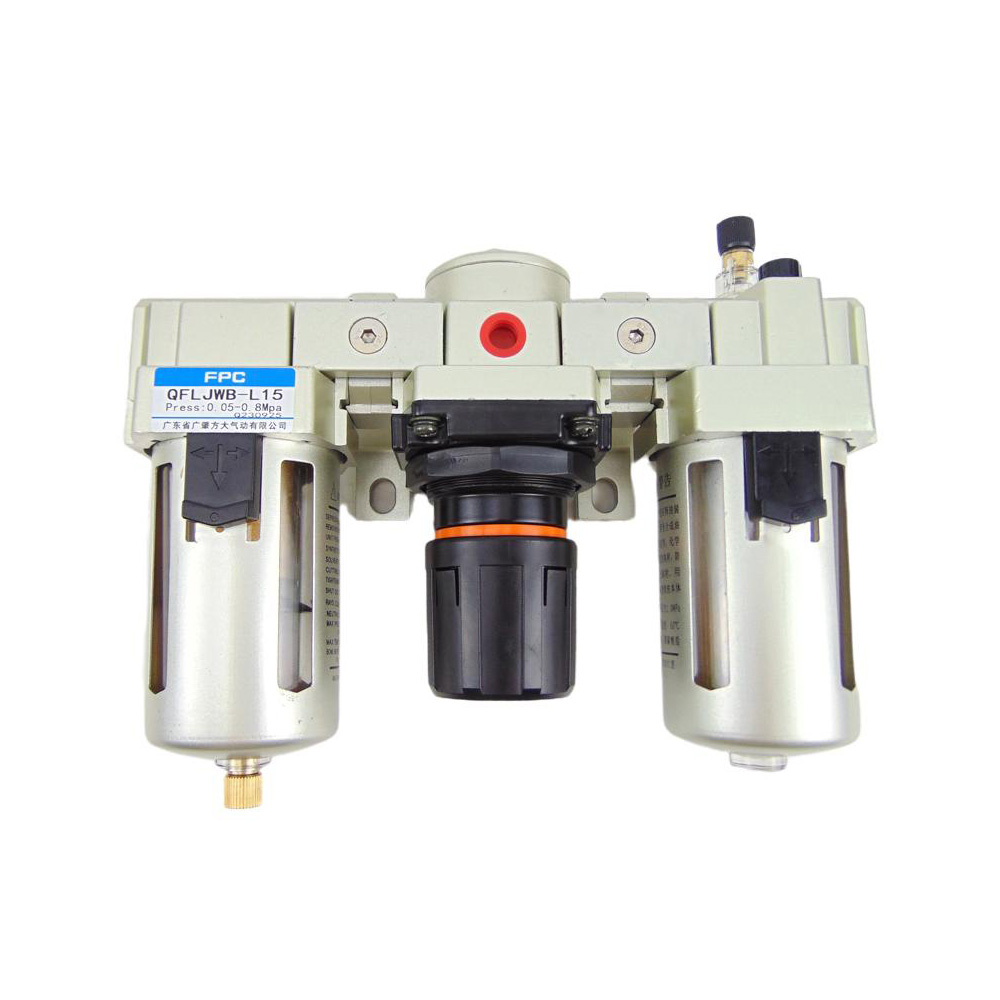
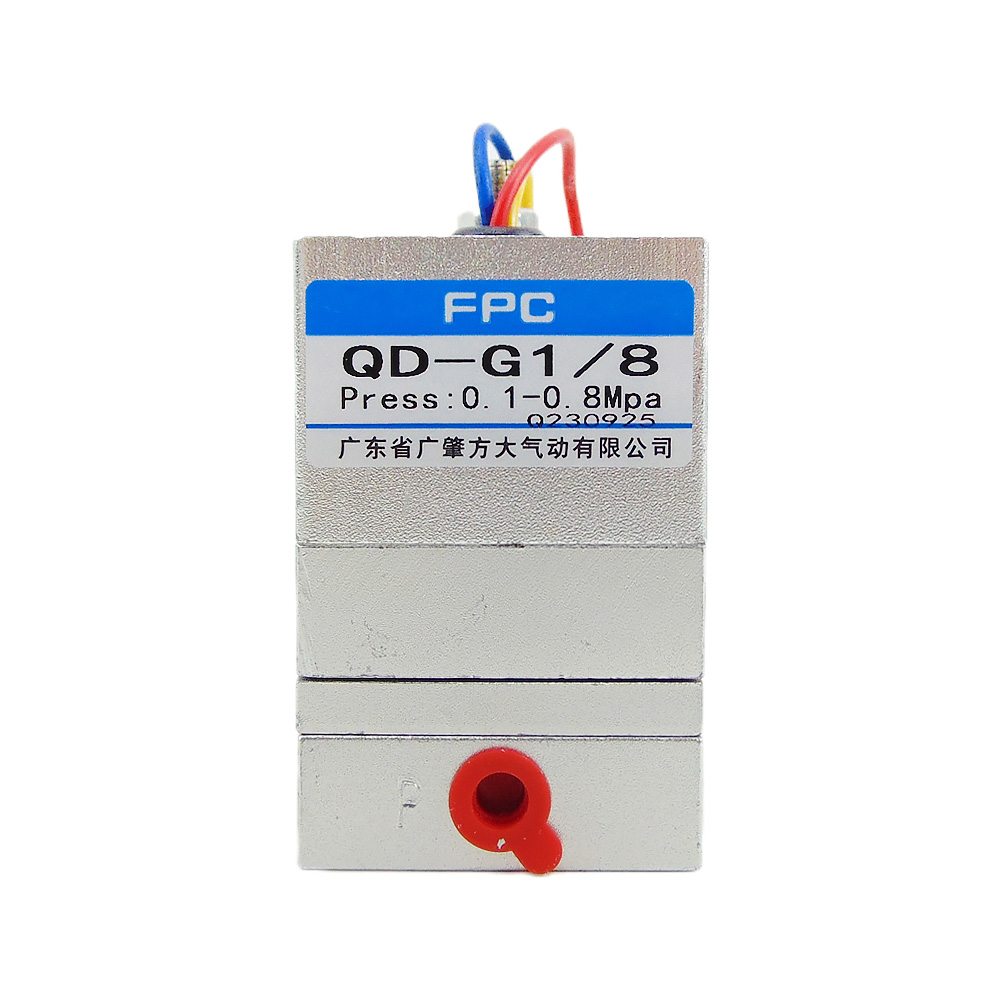
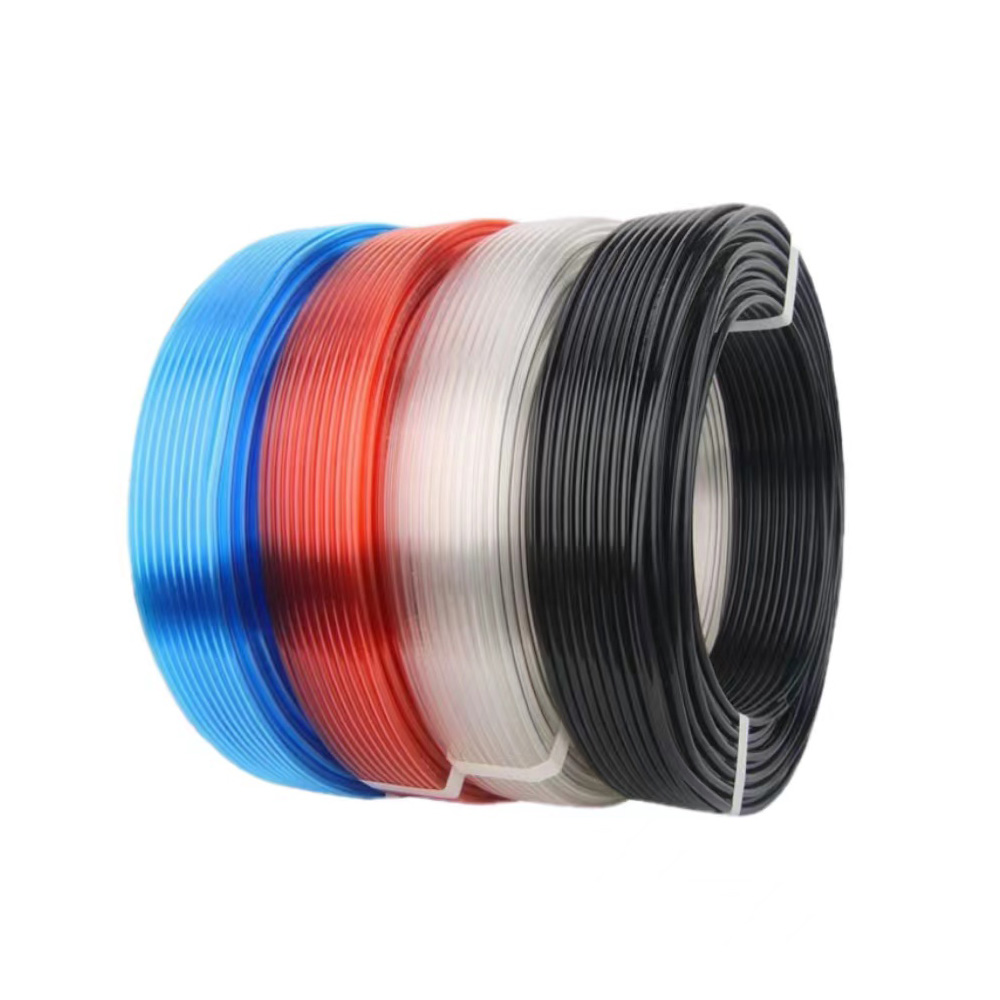
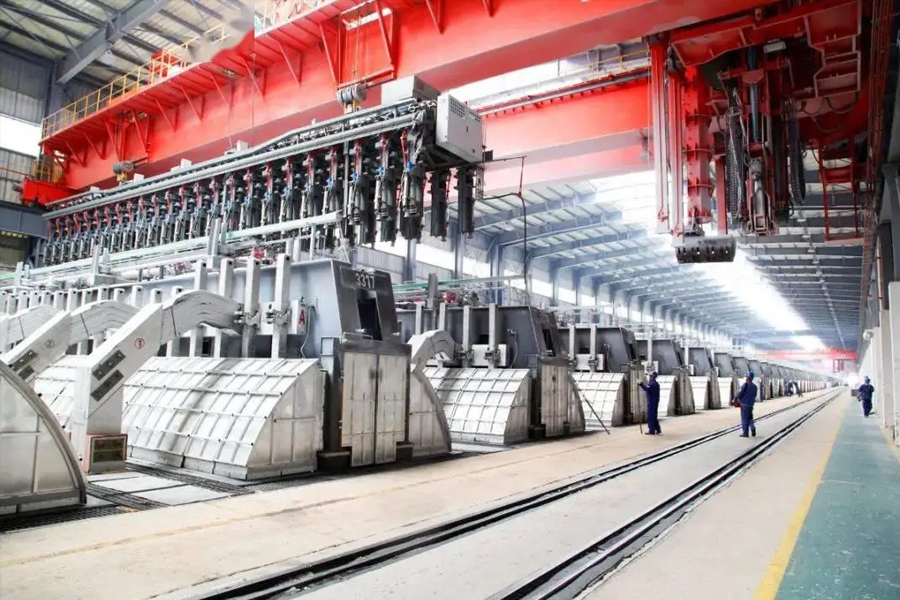









 品牌声明
品牌声明